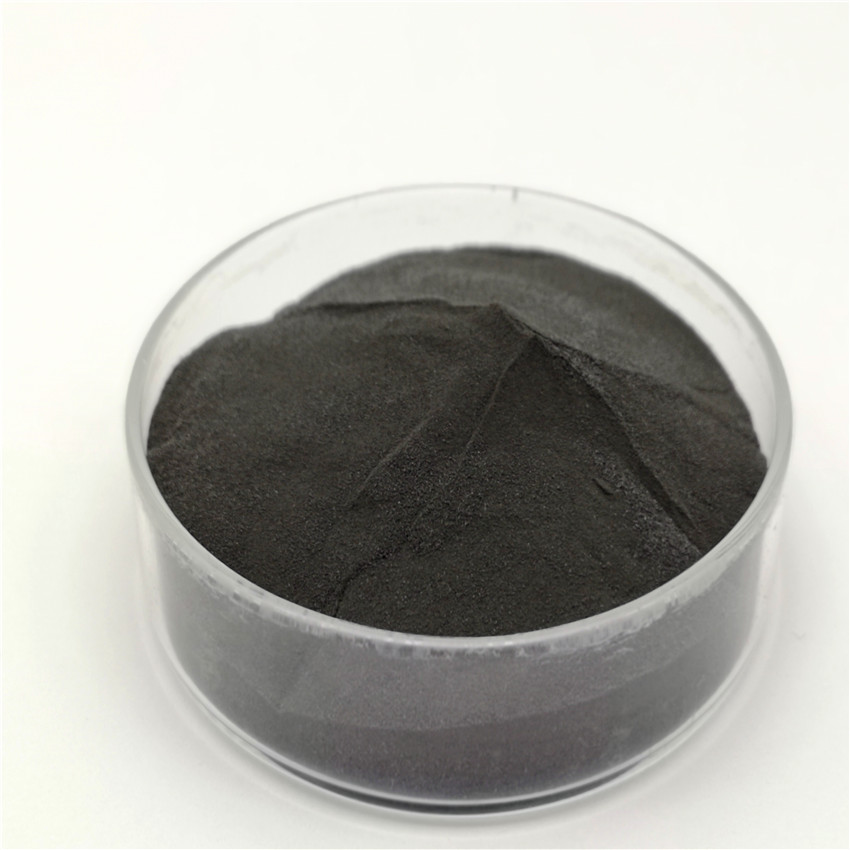The Lithium Ion Battery Voltage Curve
The lithium ion battery voltage curve is an important aspect of designing and building a battery system. It enables you to determine how much energy your lithium battery can deliver, as well as how many charge/discharge cycles it can achieve before it needs to be replaced.
The optimum voltage for charging and discharging batteries is based on the chemical equations behind them. It’s also influenced by the temperature, discharge rate, and age of the cells.
Lithium-ion batteries have a nominal or maximum voltage of 4.2V and a minimum of 3V. This is similar to the maximum and minimum voltages of most AA and AAA batteries.
It’s worth mentioning that some Li-ion batteries can have higher nominal or maximum voltages, based on additives in the electrolyte. This means that if you charge them at a higher voltage than the one that’s recommended, you could get different results than what the datasheet says!
A graph of the discharge profile for a lithium ion battery (the graph in this article is actually a cell voltage, not the open circuit voltage)
The voltage drops with increasing discharge capacity and it looks like there’s a non-linear relationship between the two. This is because of the polarization effect. However, if you look at the same graph when the battery is being charged at a certain current, the relationship of voltage and capacity doesn’t change!







